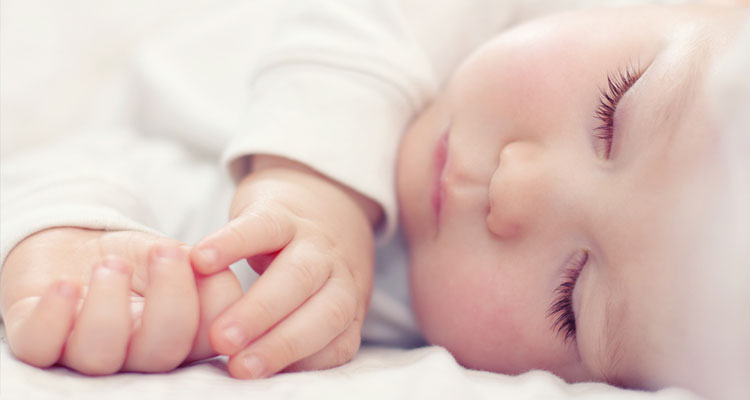How To Dress A Baby According To weather?

Getting your baby’s temperature right are often tricky, particularly throughout the summer and winter months once conditions tend to urge extreme. to make sure your infant stays cool in summer and heat and dry when winter hits, investigate our high tips for dressing your baby for any temperature.
How to dress a baby for summer
When it involves dressing your baby, the foremost troublesome season – and typically of most concern to several folks – is summer. If your baby is clothed it may lead to heat rash, whereas if they’re clothed their body can be exposed to the warmth inflicting sunburn or heat stroke.
If your baby is going to be spending most of their time indoors, choose loose fitting, lightweight clothing made from cotton as it absorbs perspiration better. A good rule is to dress baby the way you are dressed. When outdoors, dress your baby in light-coloured long trousers, a long sleeved t-shirt and a hat to shield their head and face.
According to the NHS, it’s especially important during the summer months to ensure that your baby remains cool to reduce the risk of sudden infant death syndrome (SIDS) or cot death. As well as dressing them in the right clothes, help to keep their temperature low by following our handy advice below.
Provide good ventilation
Babies don’t perspire well and find it difficult to control their own temperature, hence they are more likely to become overheated. Never leave your baby in a hot room or in a parked car, even a couple of minutes can be extremely dangerous.
Use a summer friendly baby carrier
The combination of a parent’s body heat, combined with a confined space can cause your baby to become hot and bothered very quickly. Try to choose a carrier made of nylon rather than a heavy fabric. If your baby starts to look flushed, remove them from the carrier immediately.
Keep baby hydrated
Even if your baby isn’t sweating, they can still become dehydrated in the hot summer sun. If you notice that they have a flushed face, feel warm to touch, or are breathing rapidly and appear restless, they may be dehydrated. Make sure they’re getting enough fluids by breastfeeding frequently to prevent dehydration.
How to dress a baby in winter
Babies are more sensitive to the cold than adults as their bodies are smaller, meaning they lose body heat faster. Because they can’t tell us that they’re feeling cold, it’s important to ensure that they’re dressed properly for the weather.
Choosing easy on/ off layers, such as a snowsuit provides great protection against cold weather while being easy to remove, making it ideal in the winter months. Simply slip baby into the snowsuit before heading outdoors to keep them warm, but be sure to take it off as soon as you’re back indoors to prevent overheating. When travelling in a car seat, remove snowsuits or coats to ensure the seat belt straps are safe and secure for baby.
A soft hat can also help to keep out the cold, just make sure you remove it once back inside. And, if your baby’s hands are exposed when you are out and about, pop some mittens on them to keep their little hands toasty. Top tip: one-piece mittens with string prevent your little one from pulling them off and losing them.
You should also take steps to ensure that your baby’s environment is kept warm enough when it’s cold outside to prevent their temperature dropping while they’re indoors.
Create a cosy sleep environment
Choose a fitted sheet for your baby’s cot, flannel works best. Soft and well-fitting one-piece sleeping bags also work well to keep your baby warm all night and prevent them from wriggling down under their blankets.
What temperature should a baby’s room be?
The Lullaby Trust recommends that a baby’s room should be kept between 16ºC and 20ºC – help to manage this by placing your baby’s cot away from draughts or direct heat sources. On very cold nights, if you choose to keep the heating on try to keep to a lower setting to avoid overheating.

